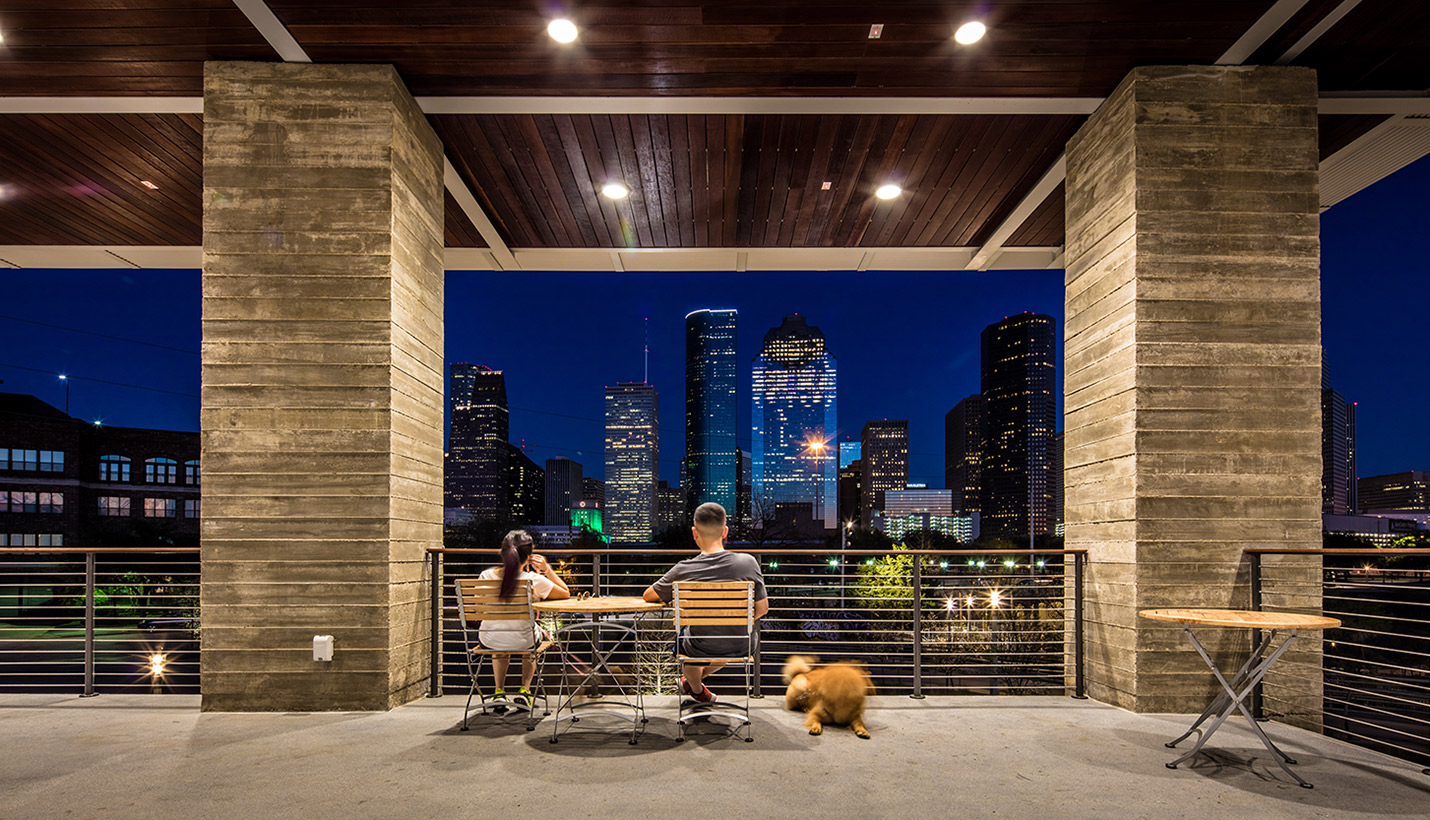

Buffalo Bayou Park: Winner, 2017-2018 ULI Global Award of Excellence
Page is very proud to be part of the project team for Buffalo Bayou Park, a 2017-2018 ULI Global Excellence Award Winner. The honor is widely recognized as one of the land use industry’s most prestigious awards programs. A jury visited twenty-five finalists around the world to narrow the winners down to thirteen projects.
The 2.3-mile, 160-acre urban park was planned and designed by landscape architecture firm The SWA Group. Page served as the design architect for the built structures. The project was commissioned by the non-profit Buffalo Bayou Partnership. Daniel Lobo, Senior Director, Awards - Urban Land Institute, wrote a synopsis of the project that can be viewed in full below.
Earlier this year, Buffalo Bayou Park also was the recipient of The American Architecture Prize: Winner in Landscape Architecture/Large Scale Landscape Projects Category as well as the Society of American Registered Architects (SARA) Design Awards of Honor. Congratulations to the project team!
To view the announcement and list of winners from ULI, click here.
ULI Global Awards for Excellence: Buffalo Bayou Park (Texas)
By Daniel Lobo
The renewed 160-acre (65 ha) Buffalo Bayou Park is a critical urban green space, extending upstream from downtown Houston along Buffalo Bayou, the principal drainage system for much of the city.
Stretching over 2.3 miles (4 km), the park offers Houstonians access to one of the region’s last unchannelized urban waterways. Over ten miles (16 km) of pedestrian and bike paths, including four pedestrian bridges, offer opportunities to explore the restored ecology of the bayou while promoting healthy activities for Houston’s growing population. Large event lawns, signature gardens, a nature play area, and flexible plazas provide the infrastructure to support year-round events, bringing together Houston’s diverse population at the historic birthplace of the city.
The park’s designers overcame many obstacles to create the right balance among hydraulic, ecological, and park-user needs within a bayou corridor that drains more than 100 square miles (260 sq m) of densely developed urban land. Houston’s floodwaters frequently submerge much of the park, necessitating creative design techniques to establish a resilient park environment able to withstand these destructive forces while protecting the investment of valuable public amenities. Since breaking ground in 2012, these park techniques have been tested by an unprecedented series of severe storm events, including three 500-plus-year flood events within the past three years. Most recently, Hurricane Harvey unleashed over 1 trillion gallons (3.8 trillion liters) of water over the Houston region, exceeding the city’s average annual rainfall within just a three-day period. Through these events, the park has demonstrated the resilience of the design, sustaining minimal damage to primary amenities and following expected patterns of erosion and silting within the lower banks of the bayou.
The original $58 million project was funded through a public/private partnership, kicked off by a gift of $30 million from the Kinder Foundation, with additional funds from the Harris County Flood Control District and private funds raised through a capital campaign supported by more than 850 local entities. Critical to the long-term success of the park, $2 million for annual maintenance is funded for 30 years through a local tax increment reinvestment zone.
The park has become one of Houston’s most sought-after urban amenities, serving as a catalyst for nearby real estate development and helping rebrand the city as one that celebrates its diversity and supports a high quality of life. As increasingly crowded cities search for more parkland, Buffalo Bayou Park acts as a global benchmark for applying creative design and funding to unlock critical green space in the heart of communities.
11/16/2017
People
Related Posts
- Getting A Little Greener: Park(ing) Day 2018
- City of Buda Municipal Complex Opens
- Work Commences at Long Bridge Park Aquatics Center
- Saving Houston’s History: Q&A with Architect John Cryer III
- Overview: Buffalo Bayou Park Updates
- World Architects Magazine on The Cistern at Buffalo Bayou Park
- Placemaking








